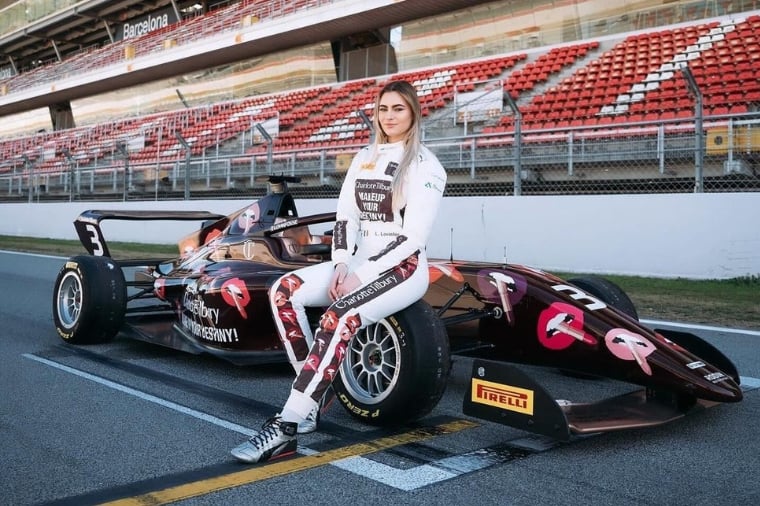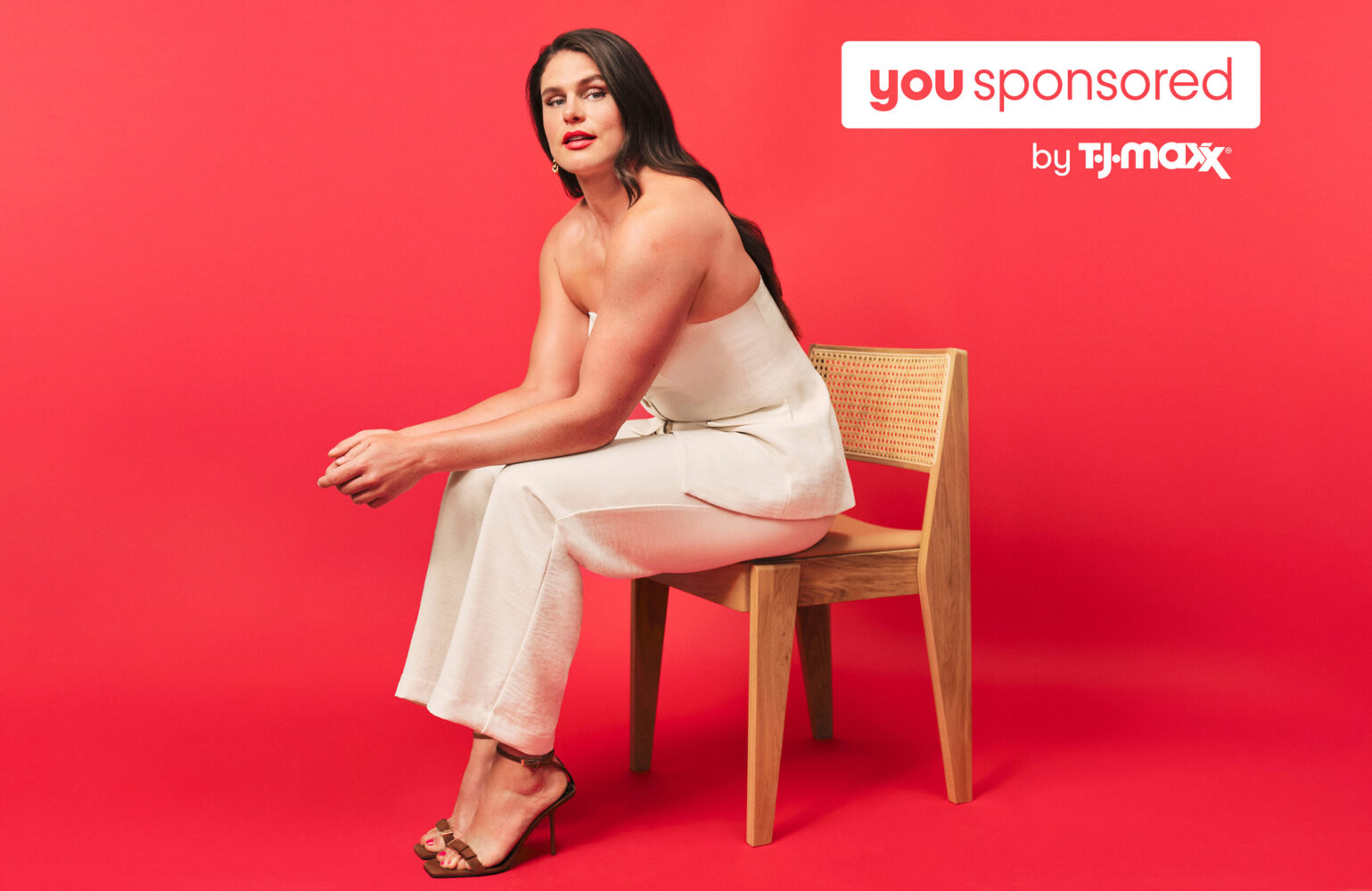The face of sport is changing. From the Lionesses’ Euro 2025 triumph to the hype building for impending kick-off of the Women’s Rugby World Cup, female sport no longer lives in the shadow of the men’s game, it’s a staple of mainstream culture.
The Lionesses’ Euro 2025 triumph attracted more than 16 million viewers at its peak, becoming the most-watched television event of the year in the process. Meanwhile across the pond, the WNBA set a single-game attendance record with total in-person attendees up 48% for the 23/24 season compared to the previous year.
And it’s not just activity on the field that’s turning heads. Sponsorship in women’s sport is growing 50% faster than men’s major leagues, with 86% of sponsors reporting that ROI has exceeded expectations.
Of the industries that are waking up to the potential of women’s sport, beauty, cosmetics and wellness are leading the charge. The brands in these spaces already live in culture, with AR and VR filters, virtual try-ons and immersive skincare diagnostics playing an integral role in the fan journey.
However, that’s not to say that all activations are slam dunks. The question is: how can brands ensure that their presence in women’s sport doesn’t come across as tokenistic, and that they show up in a way that’s empowering, both in terms of athletes and fans?
Showing up with substance
Much of the opportunity in women’s sport hinges on fans’ shifting mindsets. Gen Z and Gen Alpha don’t see sport as an all-boys club; they see it as a community that welcomes everyone. For value-led brands that want to connect with likeminded consumers, women’s sport is the perfect environment.
It takes more than just logo placement and product pushes to nurture relationships with these audiences, however. Fans crave something more: authentic activations that drive meaningful change.
That’s why Dirt is Good’s collaboration with Arsenal Women resonated so much. Persil’s consumer-facing brand launched a campaign with the football team aimed at tackling the stigma surrounding periods in sport. This wasn’t a run-of-the-mill corporate sponsorship ploy; it was a culturally relevant piece of work which genuinely advocated for improved conditions for athletes, both professional and amateur.
Whereas traditional athlete partnerships focused on highlighting accomplishments off the pitch, today’s brands have an opportunity to go further – and there’s method to this approach. More than 60% of younger fans (18-34) want more behind-the-scenes content from athletes showcasing their lives beyond matchday.
Fans crave the layers beneath the game. The mindset, the rituals, the everyday grind that make the performance possible. By co-creating with athletes, brands can use storytelling to earn a place in the lives of fans who see themselves in those stories, and in the routines fuelled by the products they deliver.
This explains why Team USA and rugby star Ilona Maher’s TikTok is such a hot commodity. Her recent partnership with TJ Maxx’s ‘You Sponsored’ initiative, sees Maher not just lending her name, but helping shine a spotlight on everyday women. Through this campaign, she is part of a team that mentors emerging ‘True Originals’ via sponsorships offering $20,000 grants, visibility, and networks.
This isn’t a generic tie-in, it’s deeply personal. In interviews, Maher has emphasized how TJ Maxx aligns with her mantra of empowerment and authenticity: “I love it” she said, offering a glimpse into the natural affinity between her values and the brand’s mission.
Campaigns that change the game

Purpose, not presence is the mantra that should be on repeat. Embody this approach, and brands have an opportunity to transcend simply aligning with athletes, by integrating into their world.
Fenty Beauty is a standout example. Rihanna’s cosmetics brand began its WNBA journey by sponsoring the New York Liberty. but the real three-pointer came when it secured lead sponsorship for the All-Star Weekend. Although there were the classic hallmarks, such as branding on kits, Fenty Beauty also created spaces that supported a network of current and retired athletes, proving that a brand can be both visible and sincerely supportive.
Championing women’s sport doesn’t have to be exclusively reserved for the elite level. Look at Charlotte Tilbury. It launched its own F1 Academy team in 2024, which was praised as a shrewd commercial move given that approximately 40% of F1’s fan base is female.
However, the real success stems from its ability to address the talent pipeline, which was previously lacking. On International Women’s Day, it announced that free karting lessons and a scholarship would be funded by sales from certain products. For Charlotte Tilbury, this was a chance to boost its bottom line – but in a way that also advanced the sport.
For beauty, cosmetics and wellness brands, there needs to be a concerted shift away from flashy one-off campaigns. Long-term investment is the most effective way to demonstrate your respect for both the athletes and the fans that attend matches in their droves.
More than conversion. It’s about earning relevance, building trust, and cultivating loyalty at a foundational level. Activating in women’s sport isn’t just another media buy, it’s a strategic credibility play, a way to claim a front-row seat to the future of fandom as it evolves.
Personal hygiene. Sexual wellness. Period care. Mental health. These aren’t fringe topics. They’re essential parts of every athlete’s lived experience. Yet too many brands still tiptoe around them in sport. The real opportunity lies with emerging brands bold enough to be early, honest, and unapologetically human speaking to the full spectrum of what it means to be a woman in sport, beyond the visible moments, unlocking deeper connection and lasting impact.

